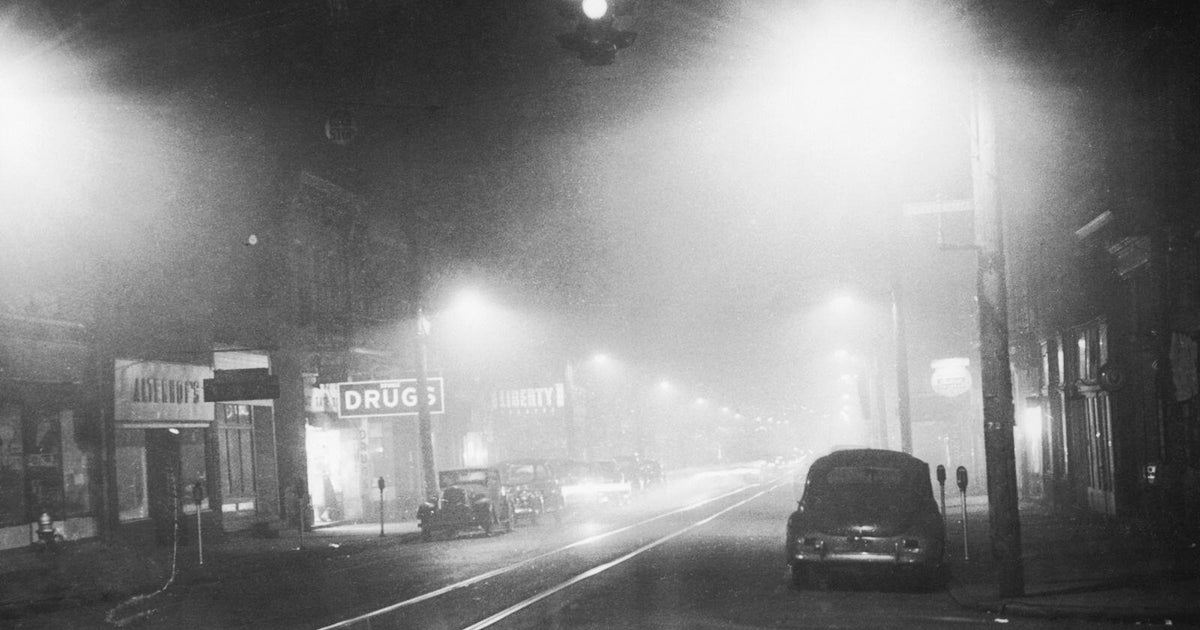Home / Environment / Deadly Smog Engulfs Pennsylvania Town, Sparking Environmental Reforms
Deadly Smog Engulfs Pennsylvania Town, Sparking Environmental Reforms
30 Oct
Summary
- Smog killed 20 people in Donora, Pennsylvania in 1948
- 43% of the population suffered long-term health issues
- Disaster led to new air pollution regulations in Pennsylvania and the U.S.

In October 2025, it has been 77 years since a deadly smog event engulfed the town of Donora, Pennsylvania. From October 26-31, 1948, a thick blanket of smog descended upon the community, with activities like the high school football game and Halloween parade continuing despite the hazardous conditions.
The smog worsened over time, and doctors warned susceptible residents to leave the area. However, it was too late, as visibility made travel extremely dangerous. By the end of the event, 20 people had died in Donora and the nearby town of Webster, with an additional 43% of the population suffering from long-term health issues.
The main cause of the smog was pollution emitted by the American Steel and Wire plant and Donora Zinc works, which regularly released plumes of hazardous chemicals and particulate matter. Weather conditions, including a temperature inversion and weak winds, trapped the pollutants close to the ground for several days.




